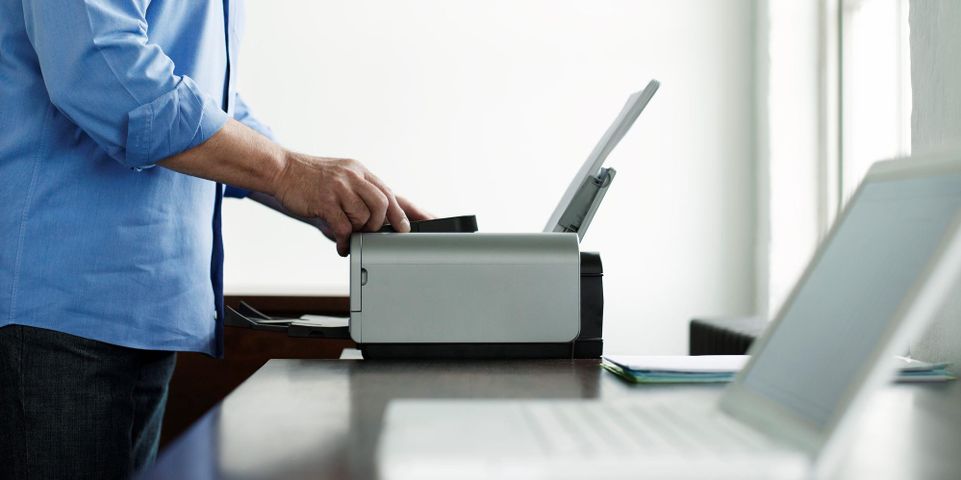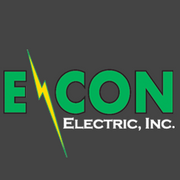Should You Unplug Appliances When You’re Not Using Them?

When we turn off our electronics after use, they still siphon electricity in small amounts to keep them in a “standby” state if you leave them plugged in. This makes the appliances readily available for our use, but it can drain energy and raise utility bills. Here’s how this wastes energy and contributes to the need for electrical maintenance.
What Is Phantom Energy?
When appliances are plugged in, but not actively used, they continue to consume electricity. The energy is used to keep the machine ready for use. If you only use the appliance for two hours a day, it will continue to use energy for the rest of the time as well. Studies have shown that an estimated 23% of an average American household’s energy consumption is due to phantom energy.
What Devices Use Phantom Energy?
 Devices that have lights that tell you they’re “ready,” like a green light or time display, are easy to identify as phantom energy users. Some examples include:
Devices that have lights that tell you they’re “ready,” like a green light or time display, are easy to identify as phantom energy users. Some examples include:
- Televisions
- Computer monitors
- Printers
- Laptops
- Surround sound systems
- Gaming consoles
- Stereo equipment
- Cordless landline phones
- Cell phone chargers
- Battery chargers
How Can You Reduce Phantom Energy Consumption?
Reducing phantom energy costs can help save you money and decrease the need for electrical maintenance from the overuse of devices. Single devices can be controlled remotely or plugged into a single power source that you can easily turn off.
An energy-saving surge protector will cut power to all devices and appliances plugged into it when turned off. These systems can help you practice energy-saving routines and procedures.
If you need residential electrical maintenance services, reach out to the contractors at E-Con Electric, Inc. in Wisconsin Rapids, WI. Their electrical services include lighting, HVAC installations, and security systems. Call (715) 423-8440 to ask about a free estimate. Explore a complete list of services on their website.
About the Business
Have a question? Ask the experts!
Send your question

